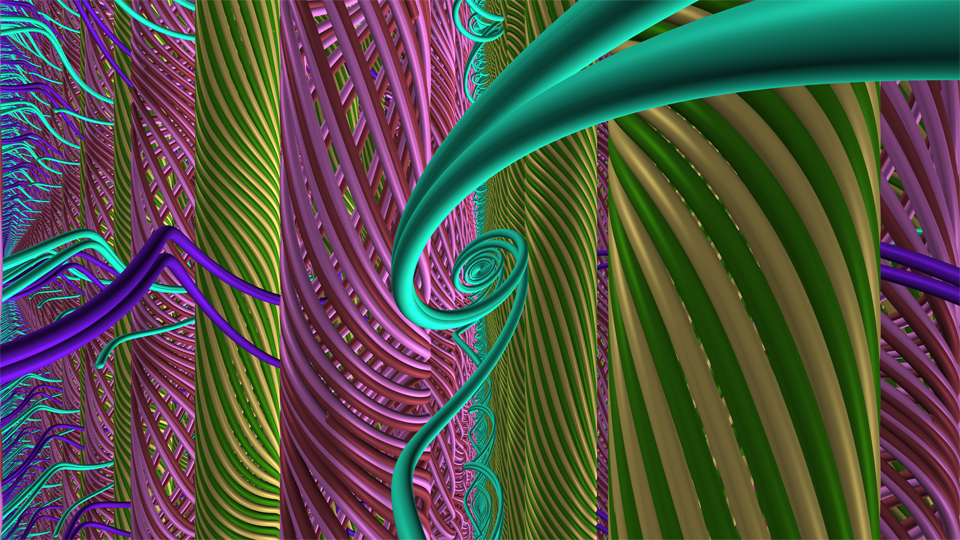The course has been set for further research into (cross-disciplinary) structures and problem-solving strategies in subfields of geometry, algebra and dynamics at the Faculty of Mathematics: The Collaborative Research Center/Transregional Collaborative Research Center (SFB/TR) 191 "Symplectic Structures in Geometry, Algebra and Dynamics" of the University of Cologne, the RUB and the University of Heidelberg is entering its second funding phase and will be funded for four more years starting in 2021. Symplectic structures describe mathematical phenomena originating from classical mechanics that are based on observations of dynamical systems.
Scientific export through symplectic methods
The SFB/TR 191 team treats the seemingly different mathematical fields of geometry, algebra and dynamical systems from this perspective. By means of symplectic methods, the researchers engage in a new export of science from one specialized field to another. The resulting knowledge transfer allows the development of mathematical tools here that can be used to solve problems in other specialties. "We started in 2017 with the crazy idea of trying to make everything symplectic. And it worked, as you can see. And not only that; we've even grown and been able to attract strong partners at Heidelberg University to our ideas," reports Professor Dr. Kai Zehmisch, designated co-spokesperson of CRC/TR 191 and Professor of Symplectic Geometry at RUB.
In 22 projects, the researchers are thus continuing the ideas on the transferability of mathematical structures from the symplectic perspective of pioneers such as Poincaré, Gromov, Arnol'd and the former Bochum researchers Floer, Hofer and Zehnder, while networking numerous mathematical disciplines. A special feature is the active participation of application-oriented mathematicians in computer science, stochastics and optimization.
Fresh perspectives and problem-solving strategies
The Collaborative Research Center has been funded by the German Research Foundation (DFG) since 2017 and has been growing since then with considerable research output from RUB. In the first funding period, the team was already able to expand the symplectic perspective in the areas of algebraic geometry and combinatorics. To this end, the researchers made innovative use of methods from computer science, optimization and number theory.
The researchers are driven by a vision that echoes Vladimir Arnol'd's quest to unify mathematical and physical aspects: To make the broader research community aware that fresh perspectives and new problem-solving strategies through the transfer of knowledge based on symplectic methods also hold enormous potential for their respective fields of application.
Here you can access the original article.
